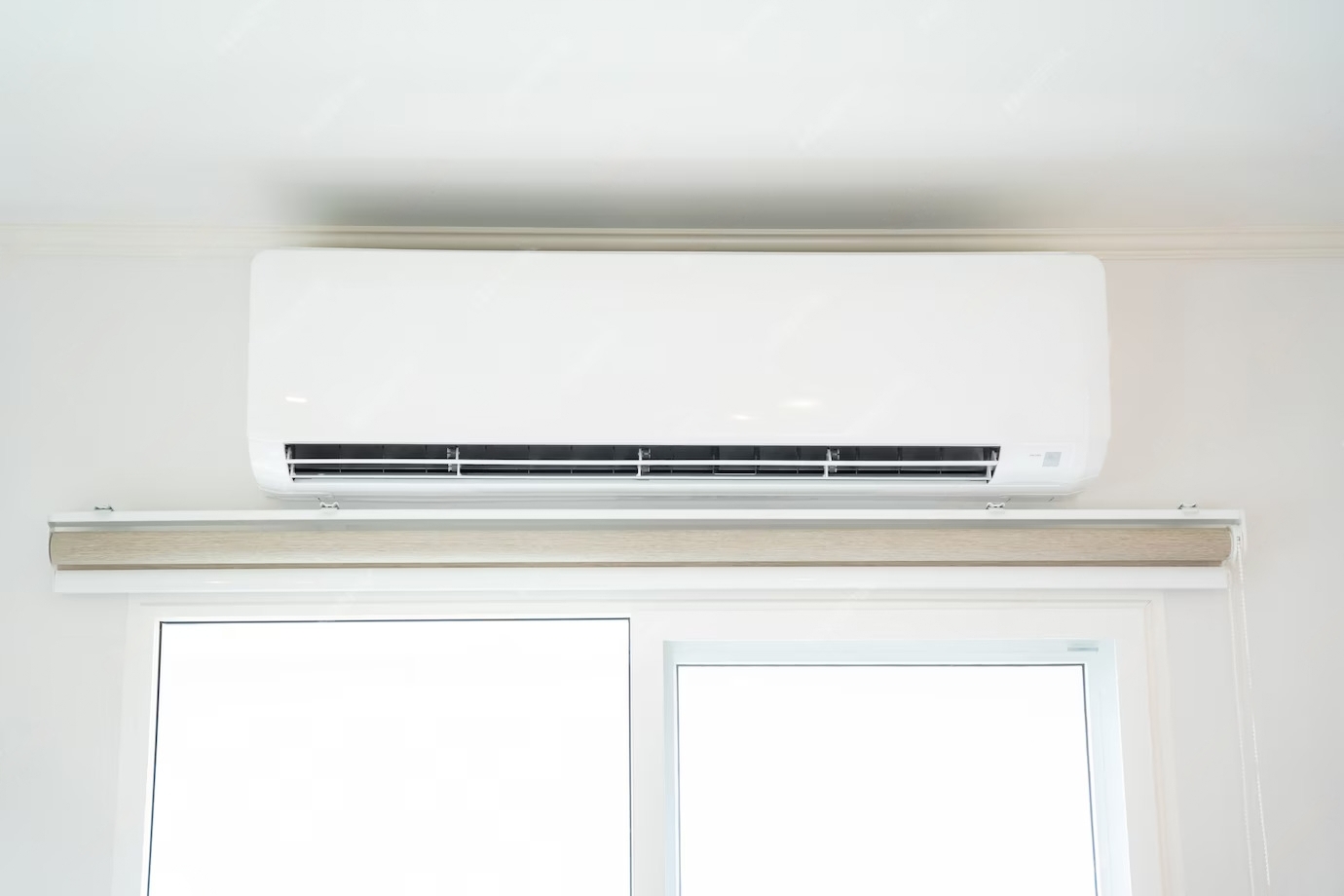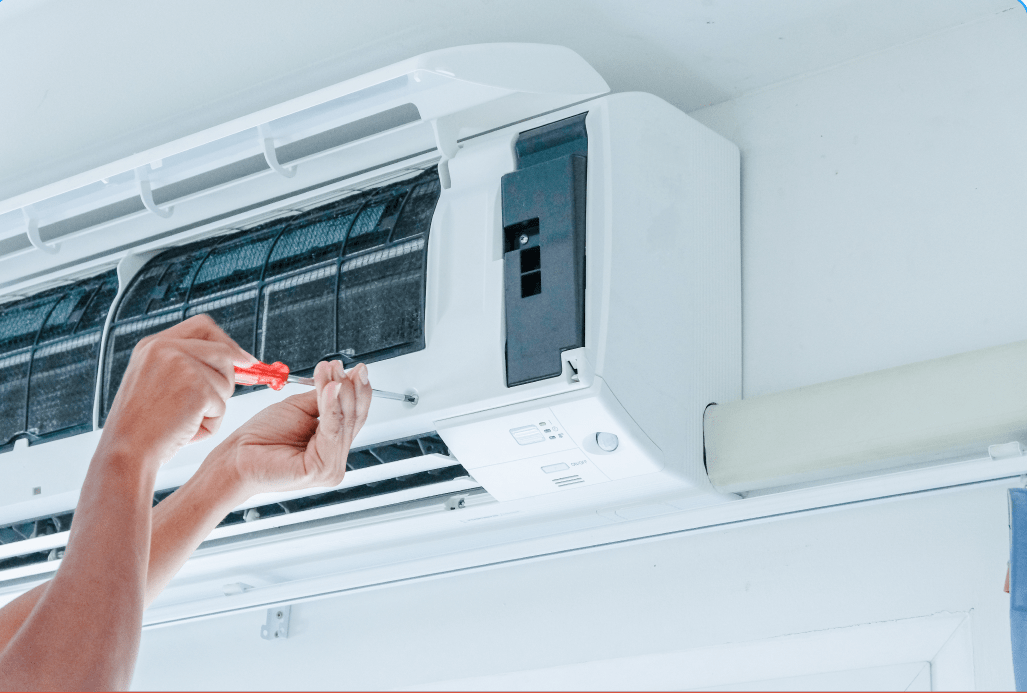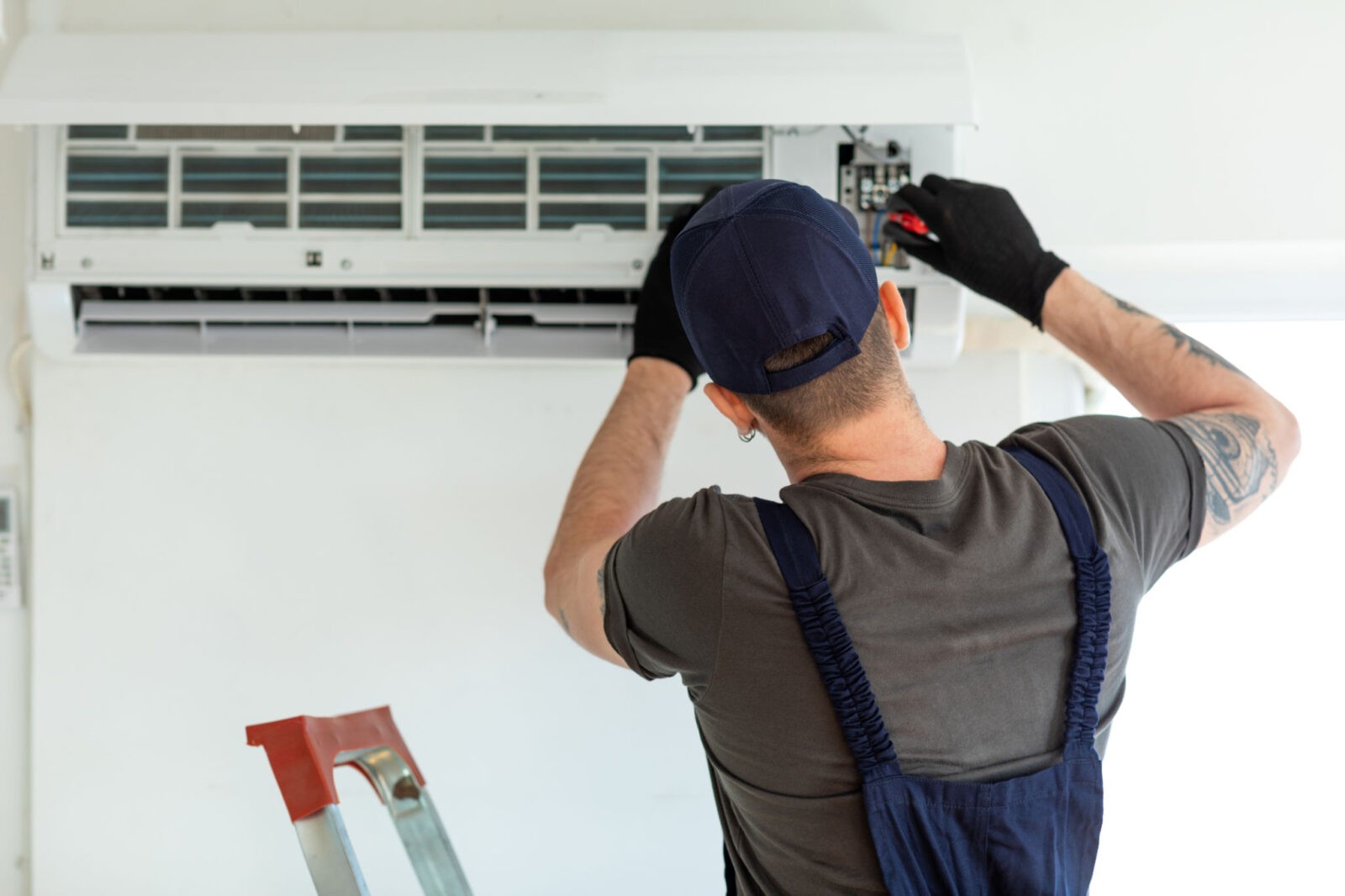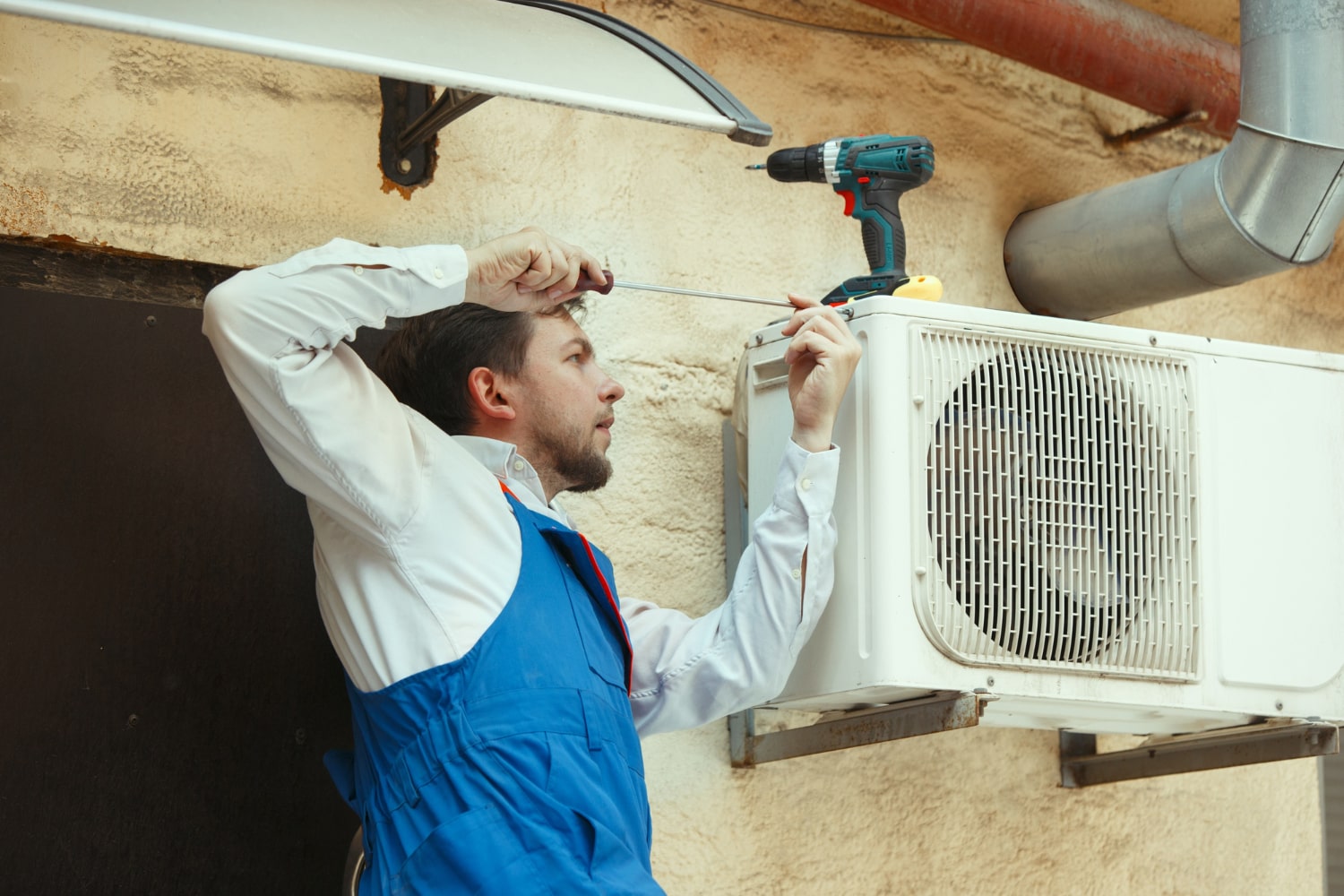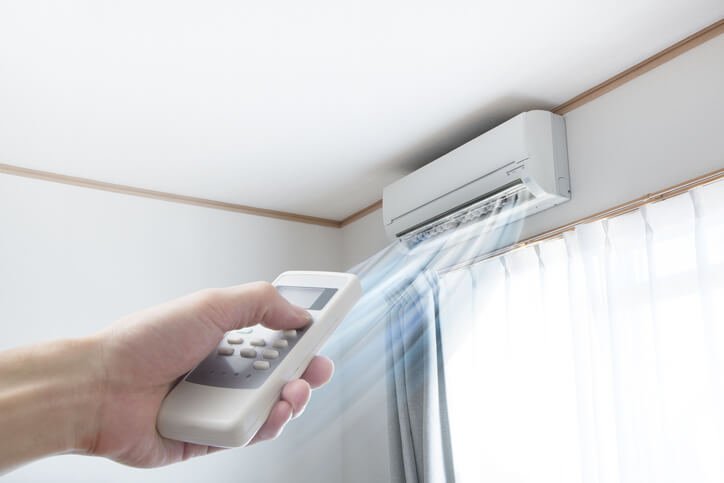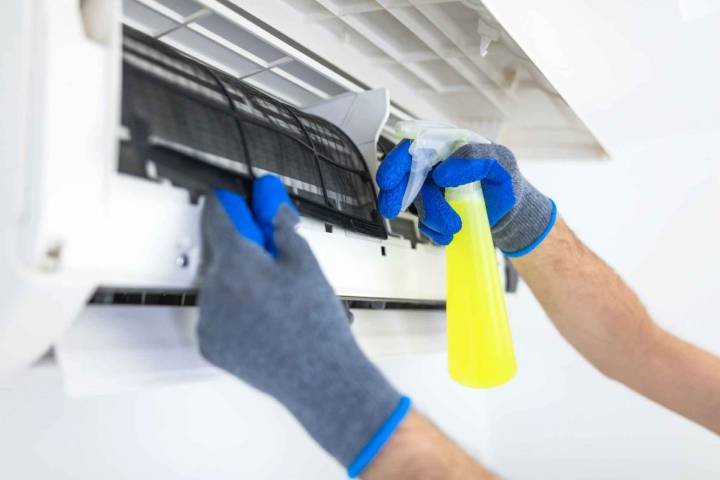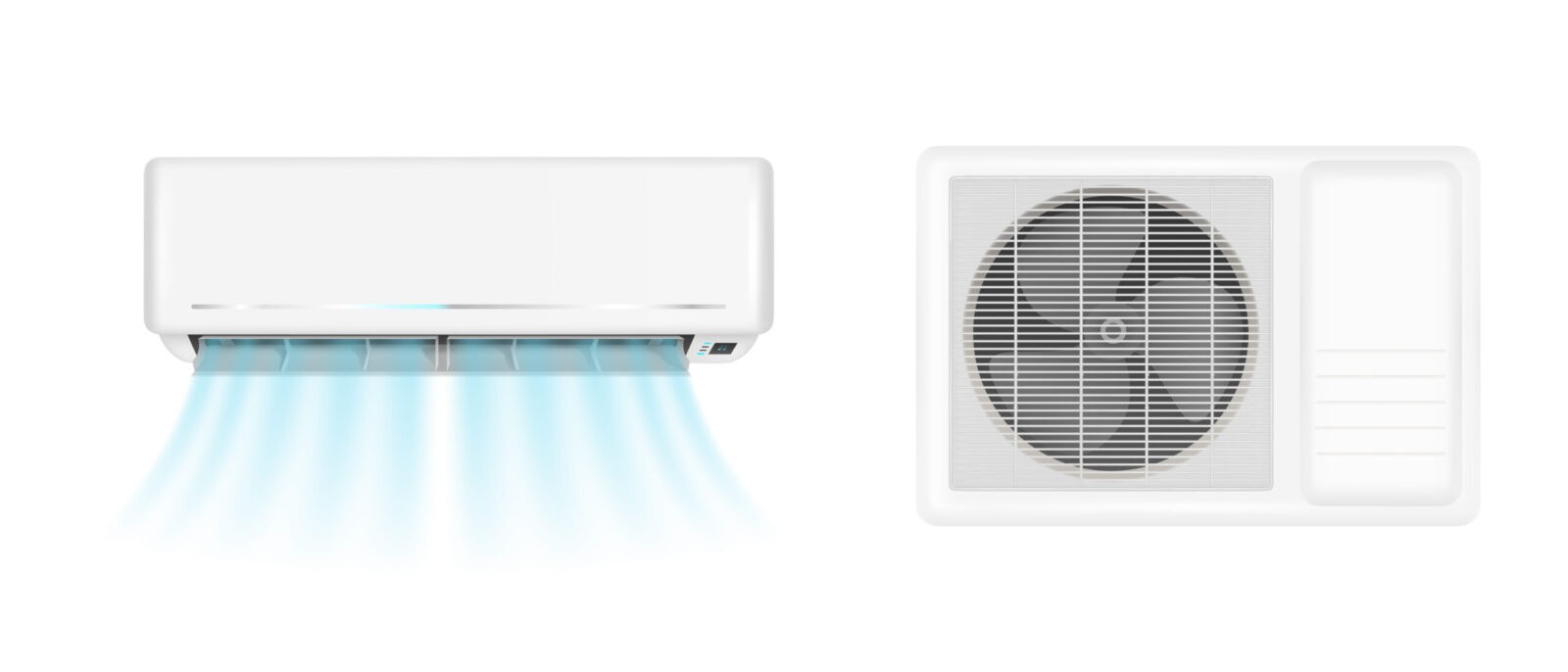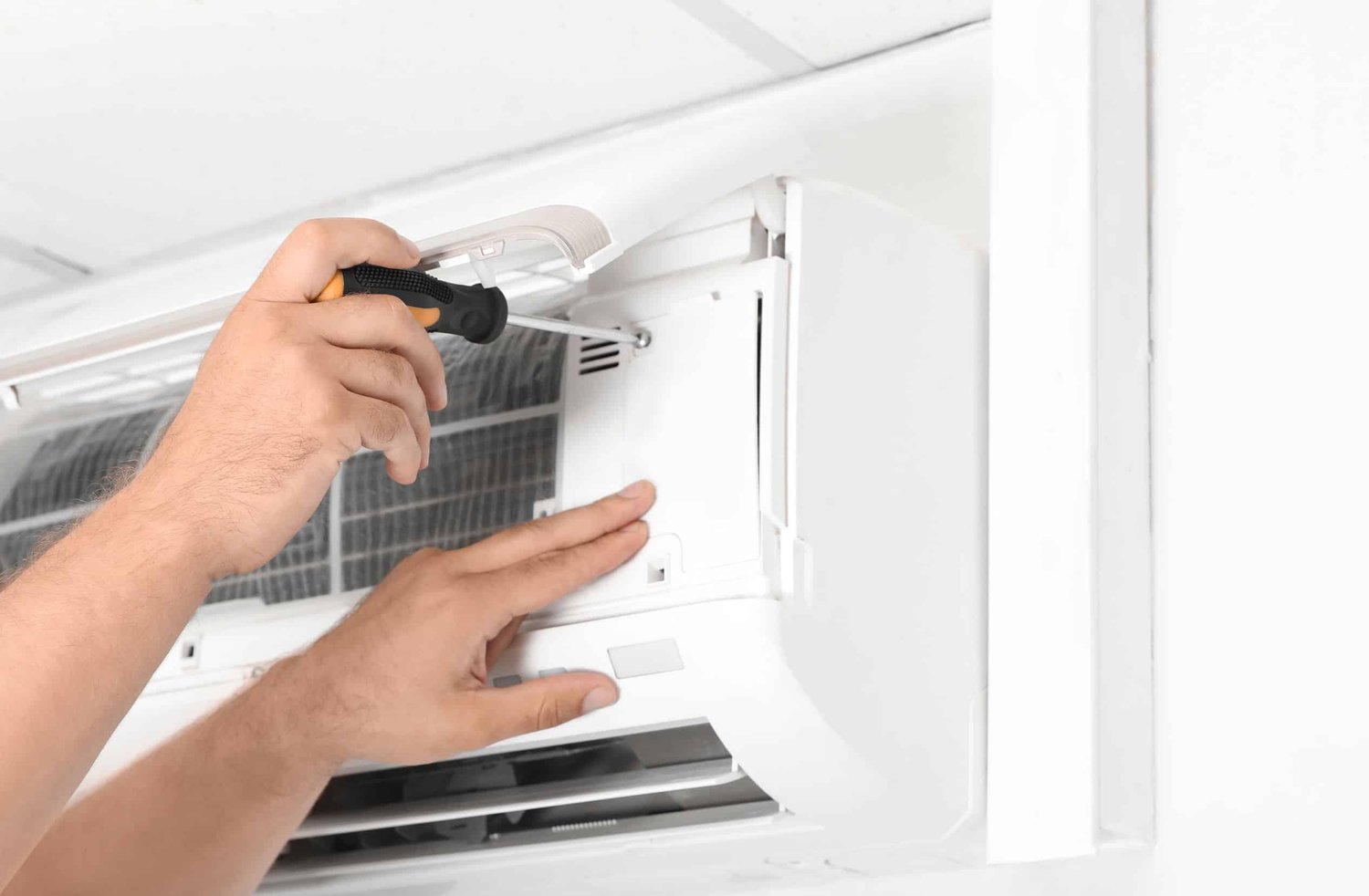Choosing an air conditioner requires careful consideration rather than impulsive decisions. It’s a significant investment affecting your finances and comfort, demanding thorough research before installation. Finding the right fit is crucial for efficient operation year-round, especially if you plan to use it for heating in winter. While larger units may seem appealing, they aren’t always the best choice.
In this guide, we’ll walk you through choosing the appropriate size of air conditioner system to meet your needs.
Factors to Consider When Determining AC Size
Curious about what size split system you need to achieve the ideal temperature in your home? Explore the factors below:
- Room size for Air Conditioner
The size of your room is a crucial factor in determining the appropriate aircon size. Larger rooms require more cooling power to maintain comfortable temperatures, while smaller rooms can suffice with smaller units. Additionally, consider the height of the ceiling, as taller rooms may need extra cooling capacity.
- Insulation and building materials
The insulation of your home and the materials used in its construction can impact its cooling needs. Well-insulated homes with energy-efficient materials require less cooling power than poorly insulated ones. Factors like the number and size of windows, as well as the presence of drafts, should also be taken into account.
- Climate and local weather patterns
The climate of your region greatly influences the size of your air conditioning unit. Hot and humid climates demand more cooling capacity to combat high temperatures, while milder climates may require smaller units. Additionally, consider local weather patterns, such as heat waves or prolonged periods of extreme temperatures.
- Number of occupants and heat-producing appliances
The number of people occupying space and the presence of heat-generating appliances contribute to its cooling load. More occupants and appliances mean more heat output, requiring a larger air conditioner to maintain comfort levels. Rooms with high occupancy or extensive use of appliances like ovens or computers may need additional cooling power.
Calculating the Correct AC Size
Manual J load calculation method
The Manual J load calculation method is a detailed and comprehensive approach used by HVAC professionals to determine the heating and cooling requirements of a building accurately.
Here’s an overview of the Manual J load calculation method:
Room-by-Room Analysis: Manual J requires a detailed analysis of each room in the building, considering its size, orientation, insulation, and other relevant factors. By analysing each room individually, Manual J ensures that the unique characteristics of each space are considered in the load calculation.
Heat Gain and Loss Calculation: Manual J calculates both the heat gain (in summer) and heat loss (in winter) for each room based on factors such as solar radiation, air infiltration, conduction through walls and windows, and internal heat sources (such as appliances and occupants).
Climate Data: Manual J includes climate data specific to the building’s location, i.e., outdoor temperature, humidity levels, and seasonal variations. This helps to accurately estimate the building’s heating and cooling requirements under different weather conditions.
Insulation and Building Materials: Manual J considers the type and quality of insulation used in the building and the thermal properties of its construction materials. This information helps determine the building’s overall thermal performance and impact on heating and cooling loads.
Sizing AC: Based on the calculated heating and cooling loads for each room, Manual J determines the appropriate aircon size and capacity of the HVAC equipment needed to heat and cool the building adequately. Proper AC sizing is crucial for ensuring the HVAC system’s energy efficiency, comfort, and longevity.
Step-by-step guide to basic load calculation
Here’s a step-by-step guide to performing a basic load calculation:
Measure the dimensions of the room: This is the starting point. You need to accurately measure the length, width, and height of the room. These measurements will be crucial for determining the total volume of the space.
Calculate the square footage: Once you have the length and width, multiply them to get the room’s square footage. For example, if the room is 10 feet long and 12 feet wide, the square footage would be 120 square feet.
Adjust for factors affecting heat gain/loss: Not all rooms are created equal regarding how they retain or lose heat. Factors like ceiling height, insulation quality, and the number and size of windows can significantly impact the load calculation. Taller ceilings might require more cooling capacity, while good insulation can reduce heat transfer. Windows are particularly important as they can let in a lot of heat during the day.
Consider climate zones and local weather conditions: The climate in which the building is located plays a significant role in determining the cooling load. Areas with hot and humid climates require more cooling capacity than cooler ones. Additionally, local weather conditions, such as average temperatures and humidity levels, should be factored in to ensure the system can handle peak demands.
Account for occupants and appliances: The number of people occupying the room and the heat generated by appliances such as computers, lights, and kitchen equipment contribute to the overall cooling load. Human bodies and electronic devices emit heat, which can significantly impact the temperature of a room, especially in crowded or heavily equipped spaces.
AC Room Size Chart
Below is an AC room size chart for various room dimensions.
| Room size | Example | Price guide | Approx. capacity |
| Small (up to 20m2) | Bedroom, small kitchen and study. | $700–2900 | 2–2.5kW |
| Medium (20–40m2) | Small lounge and Bedroom with ensuite. | $700–3700 | 2.5–5kW |
| Large (40–60m2) | Large kitchen, large bedroom, and mid-sized lounge. | $1000–5500 | 5–9kW |
| Extra large (60+m2) | Open-plan areas or large lounges. | $1200–5500+ | 6–10kW |
Online tools and resources for simplified calculations
Aircon Room Size Calculator: Many HVAC manufacturers and retailers offer online aircon room size calculators that help homeowners determine the appropriate air conditioner size for their space. These calculators need information such as room dimensions, insulation type, and location to generate accurate sizing recommendations.
Manual J Software: Some software programs automate the Manual J load calculation. These programs allow users to input various parameters and generate detailed reports outlining the cooling requirements of their building.
HVAC Contractor Websites: Many HVAC contractors provide online resources and guides on air conditioners and room sizes to help homeowners understand the importance of proper AC sizing. Additionally, homeowners can often request a professional load calculation from a licensed HVAC contractor.
Are you still confused about the appropriate size of the air conditioner and its cost? Call us on (07) 4982 3740 for personalised assistance.
Choose Patrick Refrigeration for Tailored Air Conditioning Services
Patrick Refrigeration is the leading expert in refrigeration, air Conditioning, and Electrical services. We specialise in providing tailored air conditioning services for your specific needs.
Trust us to deliver superior performance and unmatched quality for your home or business. Get a quote now!


